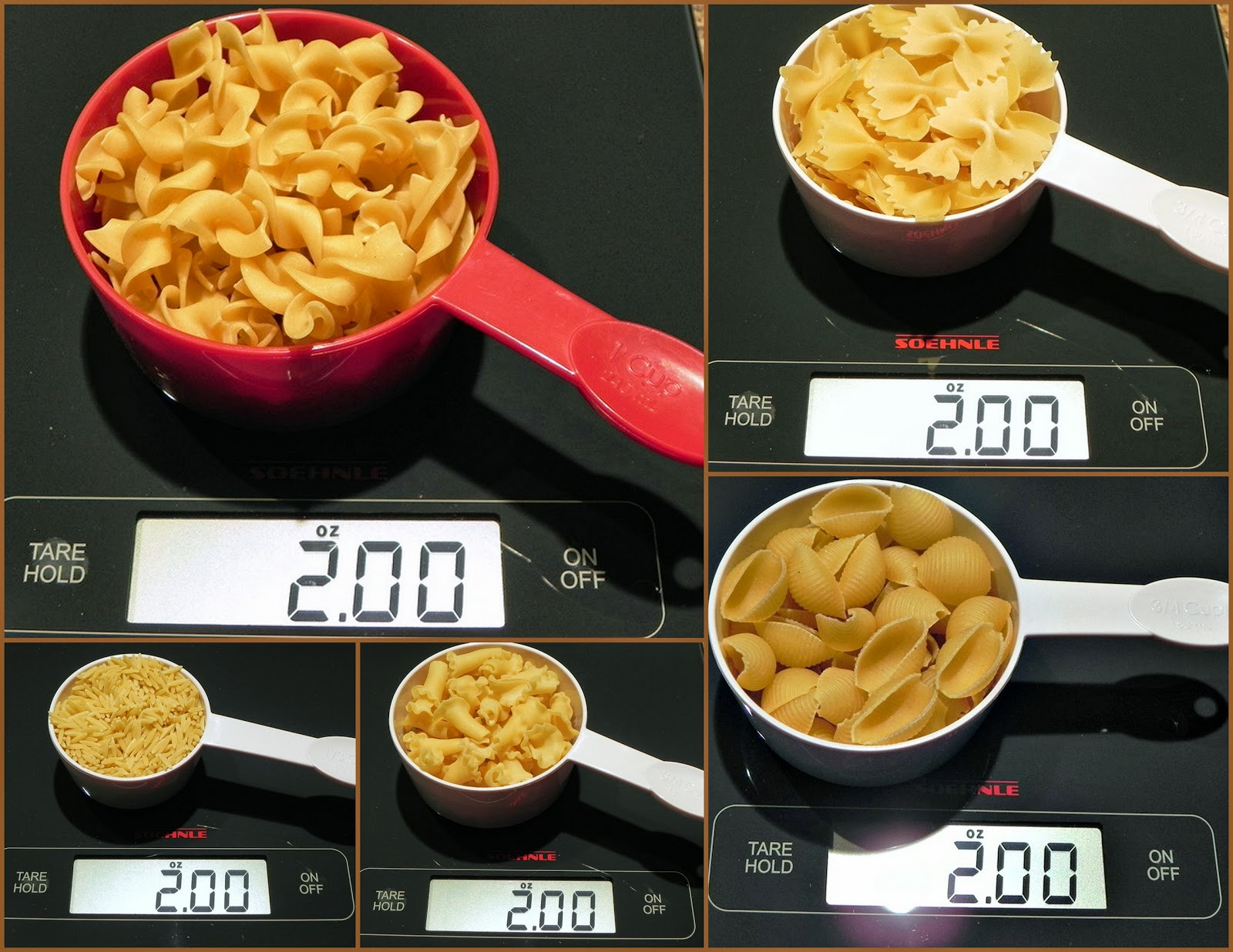

Pasta Serving Size: A Comprehensive Guide For Pasta Lovers
Pasta serving size is an essential topic for anyone who enjoys cooking or dining on this beloved Italian dish. Understanding the appropriate portion sizes can help you manage your diet, reduce food waste, and enhance your overall dining experience. In this article, we will delve into the intricacies of pasta serving sizes, offering tips, guidelines, and nutritional insights to ensure that you enjoy your pasta meals to the fullest.
Whether you're cooking for yourself, your family, or hosting a dinner party, understanding pasta serving sizes can enhance your culinary experience. Let's dive into the details of pasta serving sizes to help you become a more informed pasta lover.
Table of Contents
- What is Pasta Serving Size?
- Factors Influencing Serving Size
- Recommended Serving Size
- Pasta Nutrition Information
- Cooking Tips for Perfect Pasta
- Portion Control Tools
- Common Mistakes in Serving Pasta
- Conclusion
What is Pasta Serving Size?
Pasta serving size refers to the recommended amount of pasta to serve per person. This measurement can vary based on several factors, including the type of pasta, the dish being prepared, and individual dietary needs. Generally, a standard serving size of dry pasta is around 2 ounces (56 grams) per person, which typically yields about 1 cup of cooked pasta.
Understanding Dry vs. Cooked Pasta
It is important to differentiate between dry and cooked pasta when discussing serving sizes:
- Dry Pasta: This is the uncooked state of pasta. A standard serving of dry pasta is about 2 ounces (56 grams).
- Cooked Pasta: Once cooked, pasta expands and absorbs water. A standard serving of cooked pasta is about 1 cup, which is equivalent to 2 ounces of dry pasta.
Factors Influencing Serving Size
Several factors can influence the appropriate serving size of pasta for your meal:
- Type of Pasta: Different pasta shapes may have varying densities and textures, impacting how much fits in a serving. For example, smaller shapes like orzo may require less than larger shapes like penne.
- Accompaniments: If pasta is served with a rich sauce, meat, or vegetables, you may want to decrease the serving size to maintain balance.
- Meal Context: A pasta dish served as a main course will typically require larger portions than one served as a side dish.
- Individual Dietary Needs: Personal nutrition goals or dietary restrictions can also influence how much pasta one should consume.
Recommended Serving Size
The recommended serving size for pasta can vary depending on the source, but general guidelines suggest:
- For dry pasta: 2 ounces (56 grams) per person.
- For cooked pasta: approximately 1 cup per person.
However, these recommendations can be adjusted based on individual needs and preferences.
Pasta Nutrition Information
Understanding the nutritional content of pasta is vital for making informed choices about serving sizes:
Nutritional Breakdown
| Nutrient | Amount (per 2 oz. dry pasta) |
|---|---|
| Calories | 200 |
| Carbohydrates | 42g |
| Protein | 7g |
| Fat | 1g |
| Fiber | 2g |
Pasta is primarily a source of carbohydrates, which provide energy. Whole grain or legume-based pastas may offer additional fiber and protein benefits, making them a healthier choice.
Cooking Tips for Perfect Pasta
To ensure you cook pasta to perfection, consider these tips:
- Use Plenty of Water: Use a large pot with plenty of water to prevent sticking.
- Salt the Water: Adding salt to the water enhances the flavor of the pasta.
- Follow Cooking Times: Refer to package instructions for optimal cooking times.
- Taste Test: Check for doneness a minute or two before the recommended time.
Portion Control Tools
To help manage pasta serving sizes, consider using these practical tools:
- Measuring Cups: Use measuring cups to portion out cooked pasta accurately.
- Food Scale: A kitchen scale can help you measure dry pasta precisely.
- Portion Control Plates: These plates are designed to help you visualize appropriate serving sizes.
Common Mistakes in Serving Pasta
Here are some common mistakes to avoid when serving pasta:
- Overestimating serving sizes, leading to excessive portions.
- Neglecting to consider the sauce and other ingredients in the overall meal.
- Failing to adjust serving sizes based on individual dietary needs.
Conclusion
Understanding pasta serving sizes is crucial for enjoying this delightful dish while maintaining a balanced diet. By considering the factors that influence serving sizes, adhering to recommended guidelines, and utilizing helpful tools, you can serve pasta in a way that enhances your dining experience. Remember, moderation is key, and it's always best to adjust portions based on personal preferences and dietary needs.
We invite you to share your thoughts on pasta serving sizes in the comments below! If you found this article helpful, consider sharing it with fellow pasta lovers or exploring more articles on our site.
Penutup
Thank you for taking the time to read our comprehensive guide on pasta serving sizes. We hope you found it informative and engaging. Be sure to visit us again for more tips, recipes, and insights into the world of food!
Biblical Gomer: Understanding The Life And Legacy Of A Significant Biblical Figure
Ultimate Guide To Formatting SD Cards: Everything You Need To Know
Tuna Pizza: A Delicious And Nutritious Twist On A Classic Dish


